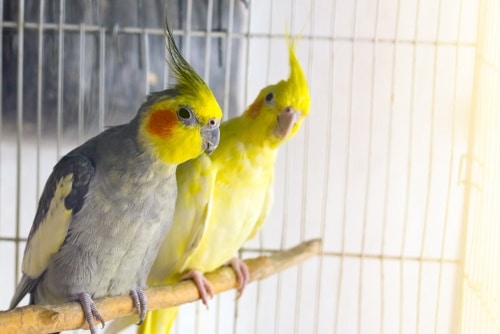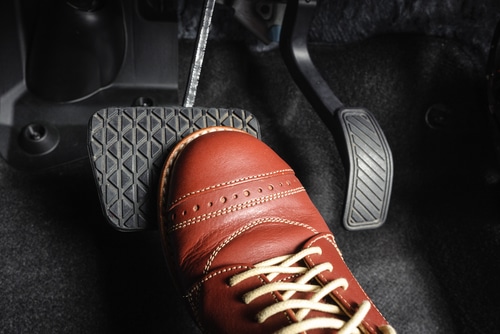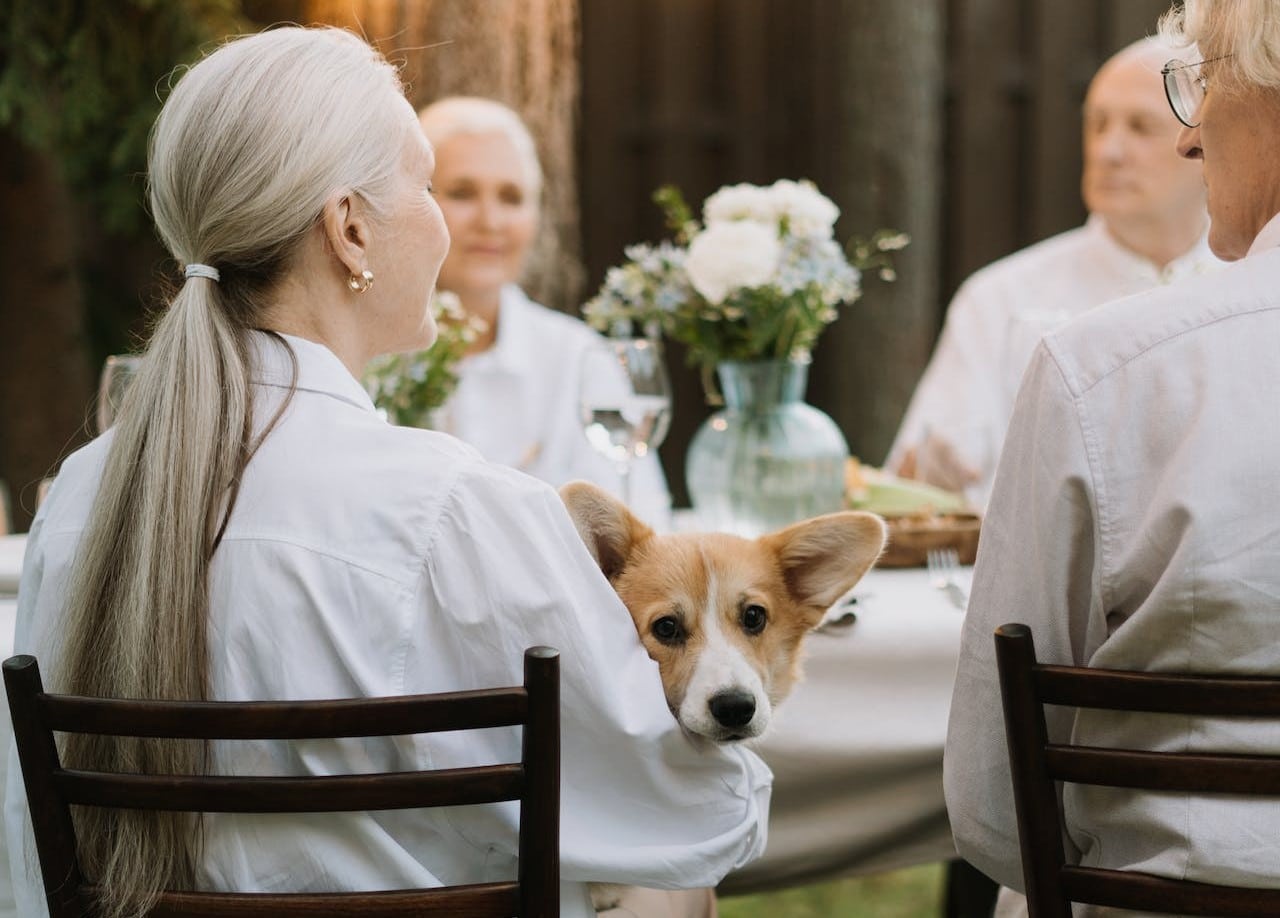Home » Blog » Pet » Pet Health & Safety » Managing Separation Anxiety in Birds
Categories
Tags
animal welfare
breed profile
buying a car
buying a pet
Car
car accessories
car care
car features
car insurance
Car safety
car sales
car service
cat
cat behaviour
cat body language
Cat Breeds
cat food
cat insurance
comprehensive car insurance
Dog
Dog Behaviour
dog body language
Dog Breeds
dog food
Dog Insurance
dog training
eco friendly cars
Kitten
New Car
pet accessories
pet activities
Pet Adoption
pet breeders
pet days of the year
pet fun stuff
Pet Health
pet insurance
pet parenting
Pet Safety
pet services
Puppy
rescue pets
road safety
road trip
safe driving
Recent Blog:
Facebook Posts
1 day ago
Growing old sometimes means we can’t take care of pets anymore. Find out some advice on what to do when this happens:![]()
![]() Senior Pet Parents – Contingency Plans for Your Pet – bit.ly/44bzwkS
... See MoreSee Less
Senior Pet Parents – Contingency Plans for Your Pet – bit.ly/44bzwkS
... See MoreSee Less
Senior Pet Parents' Contingency Plans for Pets
www.pd.com.au
Sometimes senior pet parents need more downtime. For older pet owners, this can be tricky to navigate if their dog or cat is full of beans and wants to3 days ago
Before you rev up the engine, let’s run through a checklist of things to do before starting your car. Not only do these steps ensure your safety (and that of others around you), but they also help in maintaining your vehicle's longevity.![]()
![]() Driving Tips: Your Checklist Before Starting Your Car -
... See MoreSee Less
Driving Tips: Your Checklist Before Starting Your Car -
... See MoreSee Less
Driving Tips: Your Checklist Before Starting Your Car
www.pd.com.au
Heading out for a drive? Hold up a second! Whether you're dashing off to work, running errands, or embarking on a road trip adventure, there are a few1 week ago
Are intestinal worms setting up camp in your dog’s gut without paying rent? Here’s how to spot the main culprits and get rid of them too:![]()
![]() Preventing, Identifying and Treating Intestinal Worms in Dogs - bit.ly/43YjCKu
... See MoreSee Less
Preventing, Identifying and Treating Intestinal Worms in Dogs - bit.ly/43YjCKu
... See MoreSee Less
Preventing, Identifying and Treating Intestinal Worms in Dogs
www.pd.com.au
Intestinal worms, such as roundworms in dogs are one of the least glamorous topics on the planet. These intestinal parasites that basically use our dogsSeparation anxiety is a commonly used term for dogs, and cats to a lesser degree. However, it’s less understood in birds. Bird owners or animal lovers are often surprised to hear that separation anxiety is a real issue for birds too. While they might not be barking and bothering neighbours or chewing up your beloved scatter cushions, separation anxiety in birds can be equally as stressful for a feathery pet as it is for furry ones.
If not managed correctly, it can become very hard to deal with.
If you’re wondering whether your bird is suffering from separation anxiety, here are some telltale signs. We’ve also shared what you can do to help them through it.
Understanding Separation Anxiety in Birds
When deciding to get a pet budgie or cockatiel, you mightn’t have thought about how they’ll react when you aren’t there. But lots of birds, including parrots, cockatoos and macaws, suffer distress when left alone.
It’s now commonly understood that your pet bird can begin to rely on humans in an unhealthy way. It can do the same with other birds, their mirror and even toys.
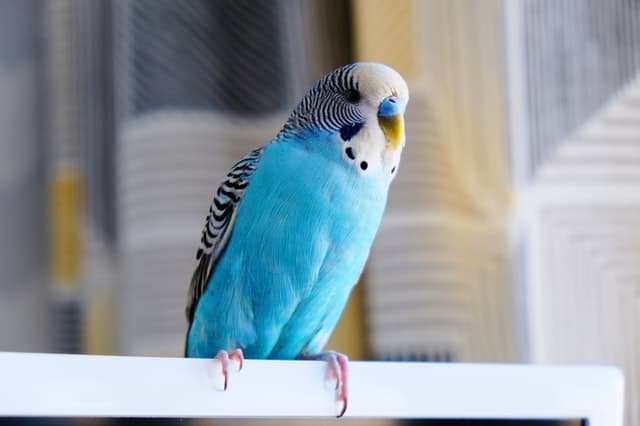
Signs of stress with separation anxiety in birds
If you’re often out or away, you mightn’t even be aware that there’s a problem when you’re not home. However, being vigilant about knowing the signs of separation anxiety in birds can help you to catch any problems and address them before they become too unmanageable.
Birds are sensitive to changes in environment and routine. The stress of being separated from someone or something they’ve ‘imprinted’ on can be fatal. This stress might show up as:
- Stress bars (horizontal lines across the shafts of a bird’s feathers – often noticed in conjunction with malting)
- Feather picking and/or self-mutilation (scratching, digging into their skin, or even muscle or bone)
- Aggression (screaming, scratching, hissing, biting or lunging)
- Loss of appetite
- Repetitive behaviour when they’re bored (pacing, tapping, head swinging, screaming)
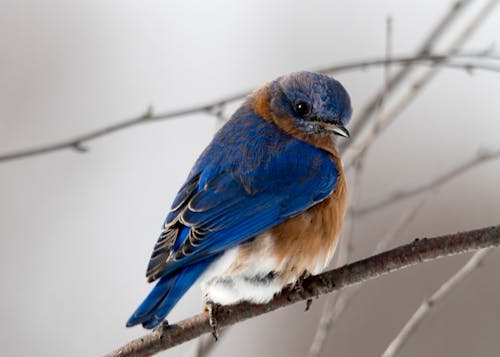
Separation anxiety in birds – tips to reframe it
If you think that your bird might be suffering from separation anxiety, it’s time to take action. Just the same as a puppy, there are steps owners can take to help their birds adjust to flying solo, and deal with separation anxiety.
Manage these necessary changes to routine and environment gradually, and continue keeping a close eye on your bird for separation anxiety signs. Follow these tips for a healthy, happy bird:
- Avoid giving your bird too much attention and making a fuss when greeting them after you return home
- Break up your daily routine and vary your departure and arrival times so your bird can’t sense when you’re due back
- Provide enough mental stimulation while you’re away – a wide selection of toys (made of cotton or hemp) and things they can tear apart, like tree branches. Avoid bright colours and rotate them frequently to avoid boredom
- Provide a cage that is large enough for your bird to fly in to give them enough exercise (or buy a harness and take them out with you every now and then)
You might even find some tips in our ‘Separation Anxiety in Pets’ article useful to help you reframe life for your anxious bird.
Remember: make all these adjustments gradually so your bird transitions smoothly into its new normal. You don’t want to cause more problems while trying to fix the existing ones!
Lessen anxiety with insurance
If you’ve got a bit of a zoo at home and want to insure your four-legged furry friends, check out our dog insurance and cat insurance. Though we can’t cover your feathered flock right now, we can still ease the pressure when it comes to the ones with paws!
Share On:

